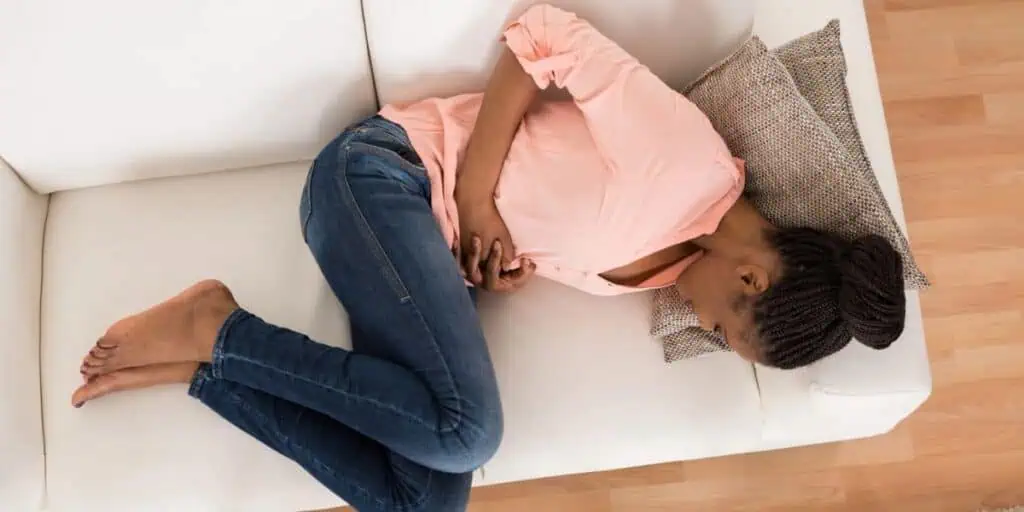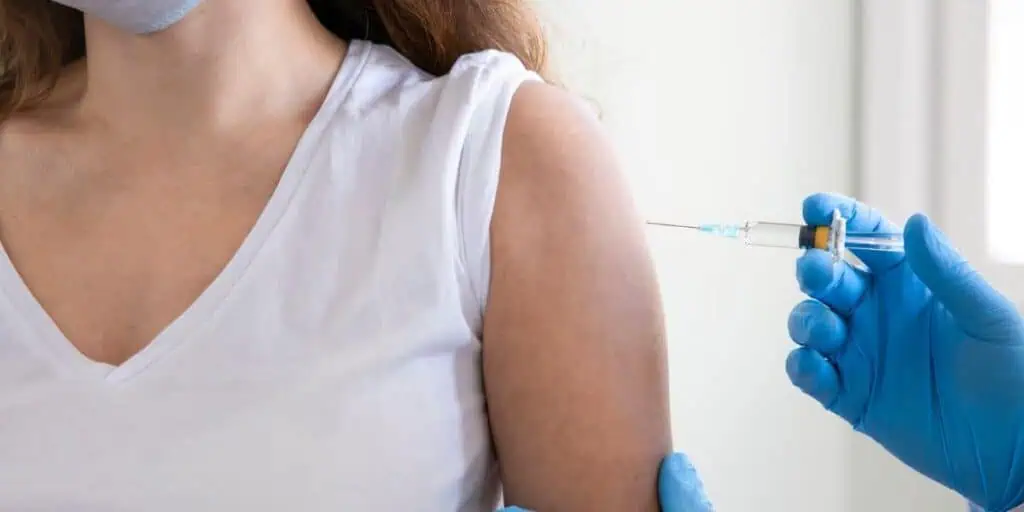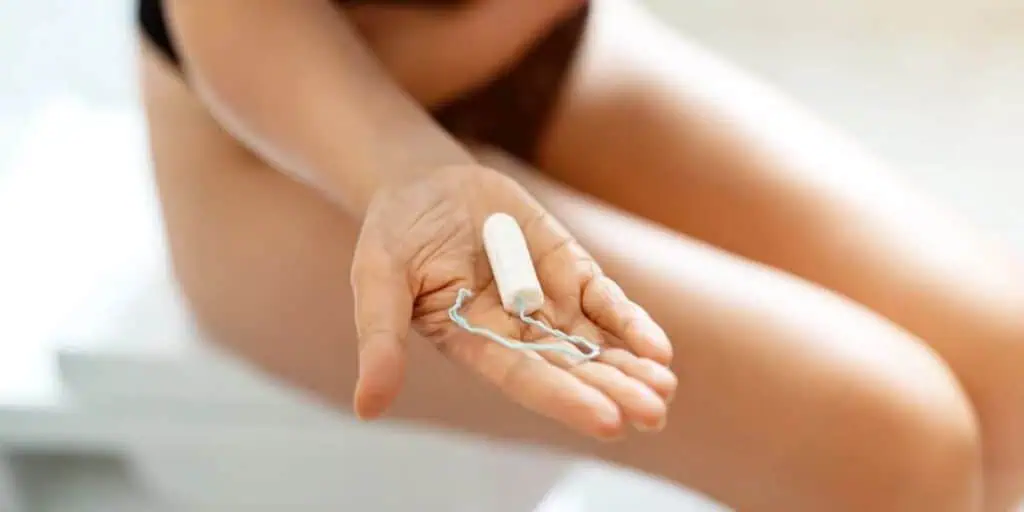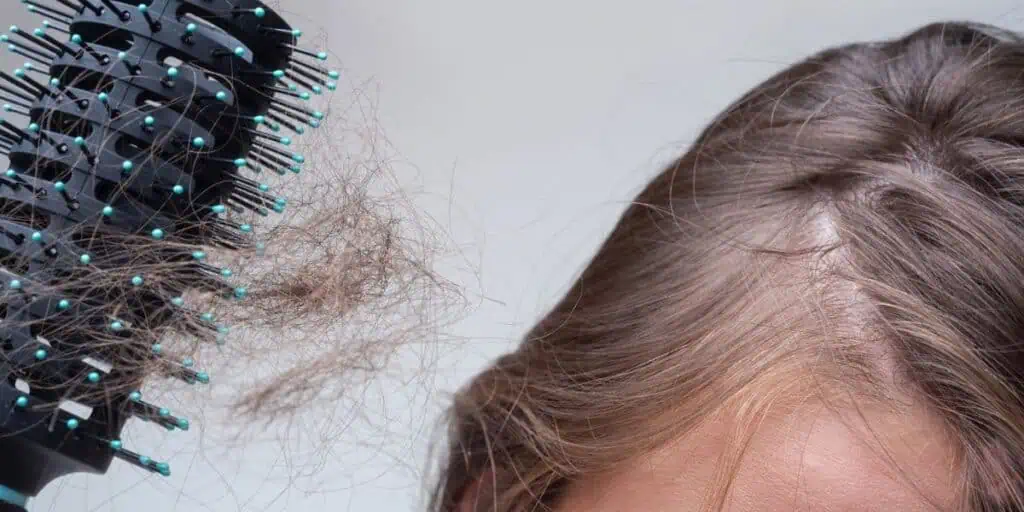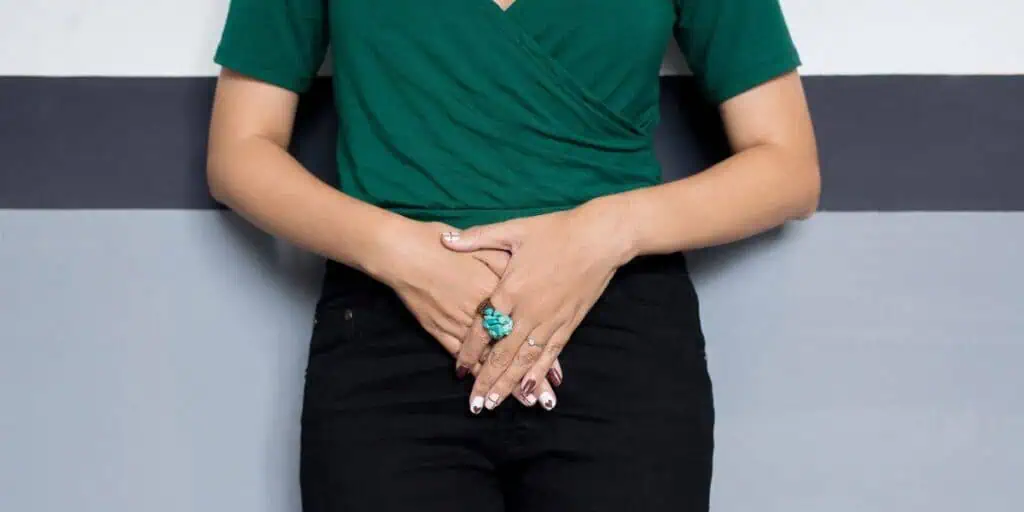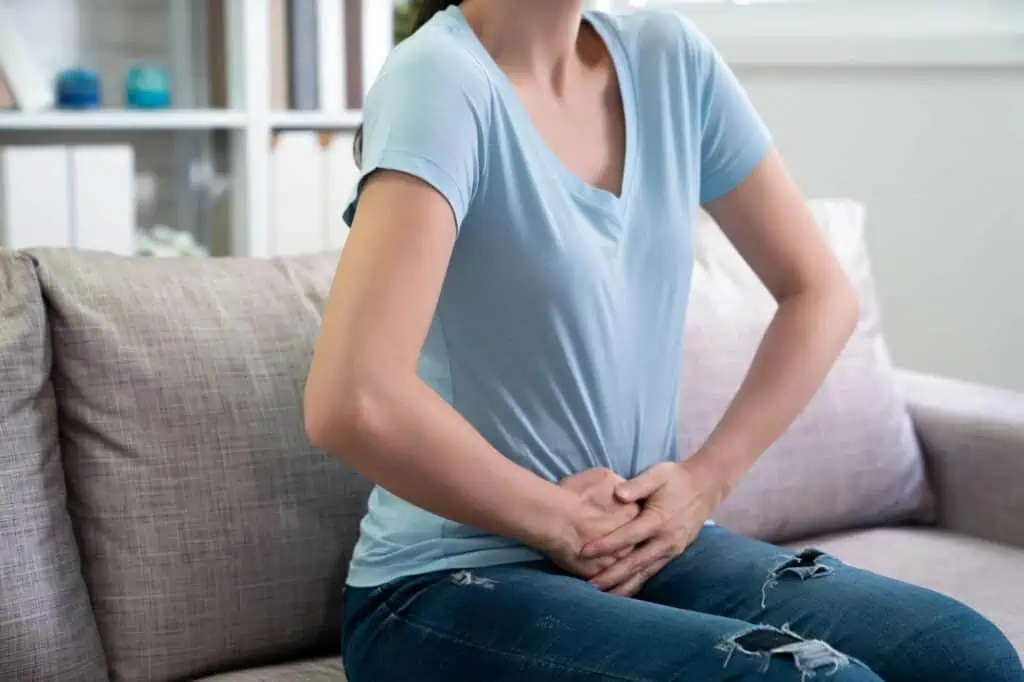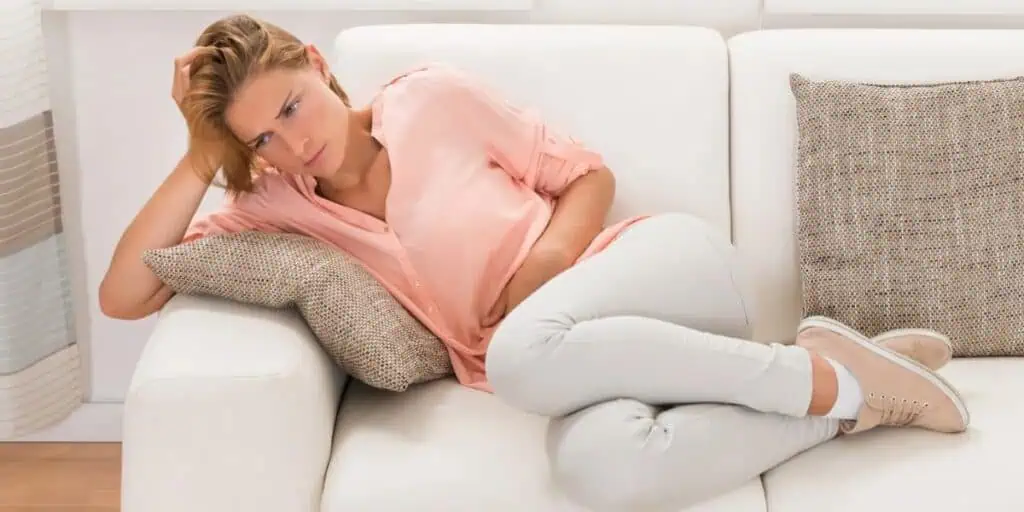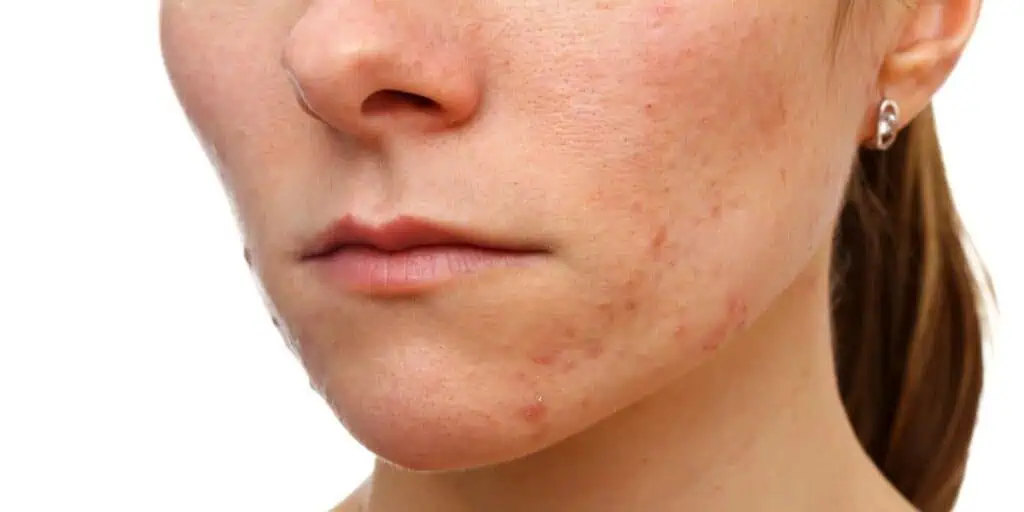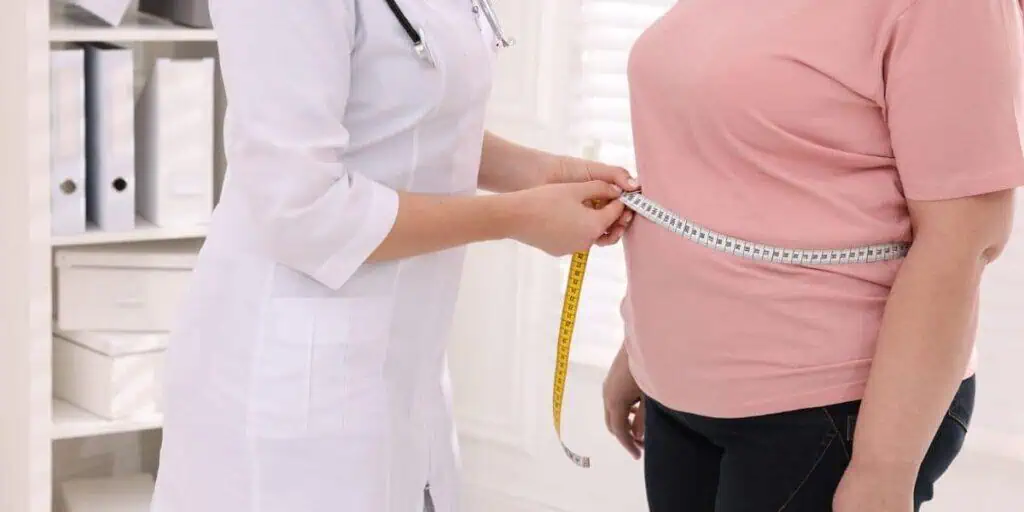Bladder Control Problems and Menopause, causes and treatment options
The hormone estrogen is partly responsible for maintaining elasticity in the vaginal and urethral tissues. Unfortunately, during menopause, the body begins to slow the circulation of estrogen. The result of this is a thinning out of the urogenital tissue. This then weakens the muscles that control the bladder and urinary functions.
This is what causes bladder control and urinary problems during menopause that some women report. Low estrogen at menopause, combined with normal aging, may result in annoying symptoms of vaginal dryness, incontinence, and urinary tract infections.
Unlike other symptoms of menopause, such as hot flashes, urogenital atrophy symptoms can become worse as a woman ages.
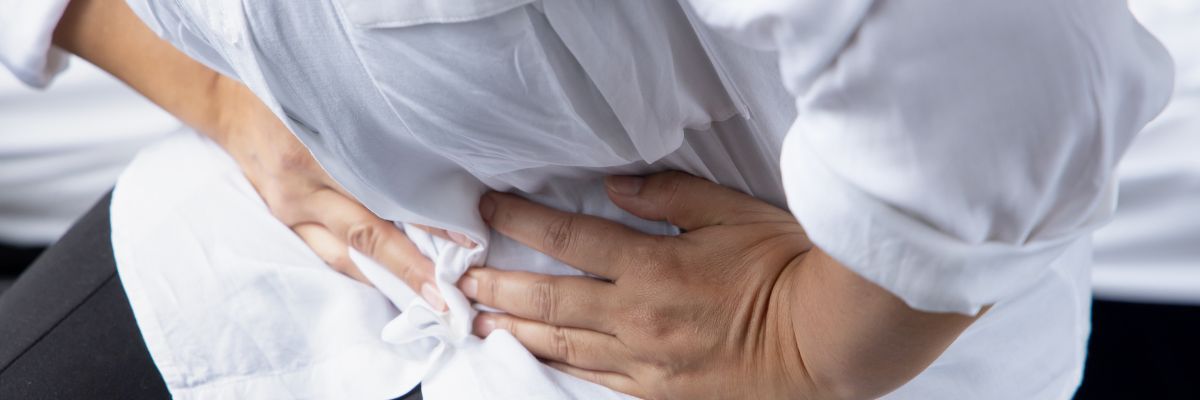
The four main bladder control problems that affect women post-menopause are:
Nocturia
This means getting out of bed several times to use the bathroom at night
Painful urination
A burning or stinging sensation
Stress incontinence
Leakage of urine that occurs during sneezing, coughing, or heavy lifting
Urge incontinence
Also known as irritable/overactive bladder, leakage that occurs when the bladder muscles squeeze seemingly at random or just all the time
Visiting Your OB-GYN about bladder control problems and other urinary problems during menopause
If you’re having bladder control problems or other urinary problems during menopause, please feel comfortable speaking openly with your women’s health doctor or gynecologist about your concerns. Don’t neglect a doctor’s visit just because you assume you know the cause of the problem. Although menopause is usually the most likely culprit of bladder control issues in older women, your doctor will want to rule out other possible conditions.
Your doctor will want to perform a physical exam and a pelvic exam and test for infections. We may ask you to keep a diary of your urinary health, noting the times that you have the urge to urinate or experience a leak.
You don’t have to accept occasional bladder leakage as another side effect of menopause or aging. In many cases, there are things you can do to stop and even prevent urinary incontinence.
Symptoms of Urinary Incontinence During Menopause
Urinary incontinence and bladder control problems are common for women going through menopause.
After the menstrual cycles end, the body stops making the female hormone estrogen. In addition to controlling monthly periods and the changes during pregnancy, estrogen also helps keep the bladder and urethra lining healthy.
As we age, many factors can weaken the pelvic floor muscles responsible for bladder control, resulting in urinary incontinence. These include damage during pregnancy, childbirth, and weight gain.
Women with urinary incontinence can experience symptoms beyond leakage. It’s important to note which symptoms are affecting you so that you can relay the information to your gynecologist. Some symptoms include:
- Frequency – Urinating more often than normal
- Urgency – The urge to urinate, even if the bladder is empty
- Feelings of pressure or discomfort in the lower abdomen
- Dysuria – Painful urination or burning while urinating
- Nocturia – The need to get out of bed to urinate several times a night
- Enuresis – Urinating in bed while asleep
Diagnosing Urinary Incontinence

Because urinary incontinence could indicate several very different medical conditions, diagnosing the cause can be tricky. If you have difficulty controlling your bladder during the day or night, make an appointment with your women’s health care provider.
It is a good idea to keep a diary of your symptoms, noting the time of day and amount of urine you leaked or voided. If you experienced a leak, write down what you were doing then. You’ll also want to take note of your liquid intake and any medications you’re using.
At your appointment, your doctor may conduct a combination of tests, including:
Pelvic exam
Your doctor will check for physical abnormalities or any other possible causes of your incontinence.
Stress test
Your doctor will have you cough with a full bladder to observe any leakage.
Postvoid residual volume test
After urinating, your doctor will use an ultrasound or a catheter to measure the liquid left in your bladder.
Dye test
Your doctor injects a special dye into your bladder and has you wear a sanitary pad. The amount of dye leaked onto the pad can help your doctor diagnose the severity of your incontinence.
Cystoscopy
Your doctor inserts a narrow, flexible tube into your urethra. The lens at the end allows your doctor to see inside your urinary tract and bladder.
Treatments for Urinary Incontinence

Women with bladder control problems have a wide range of treatment options available to them, based on the type of incontinence and severity. There are many medical and non-medical recommendations for managing urinary problems. Again, talk with your doctor about which options work best for you.
There are many medical and non-medical recommendations for managing urinary problems. Again, talk with your doctor about which options work best for you.
- Avoid caffeine and other diuretics
- Bladder training to hold more urine and get in the habit of timing your urination
- For obese women, losing weight and maintaining a healthy weight may increase bladder control
- Practice Kegel exercises. These are very easy exercises designed to strengthen your pelvic floor muscles. The basic idea is that you repetitively squeeze your pelvic muscles like you were holding urine. Ask your gynecologist for advice if you’re not sure where to begin.
- Biofeedback, a technique by which patients can learn how to train bodily functions with the help of a therapist and a specialized machine
- Prescription medication, such as Vesicare, Ditropan, Detrol, Toviaz, and Myrbetriq
- Hormone Therapy. As a lack of estrogen is the primary cause of urogenital atrophy, the treatments for it in postmenopausal women involve low-dose hormone replacement therapy (HRT). These can help restore the vagina to premenopausal condition and relieve many symptoms of urogenital atrophy
- Over-the-counter medication, such as Oxytrol
- Medical devices, such as a pessary that can be inserted into the vagina to provide structure to weakened muscles
- Nerve stimulation devices, which can be implanted under the skin to send electrodes to the muscles controlling the bladder
- Botox, which can relax the bladder muscles
- Surgery to correct lax bladder and urethral tissues
Whether specific urinary symptoms are related to menopause, aging or a combination of the two is the subject of continuing study in women’s health for a better quality of life for menopausal women.







